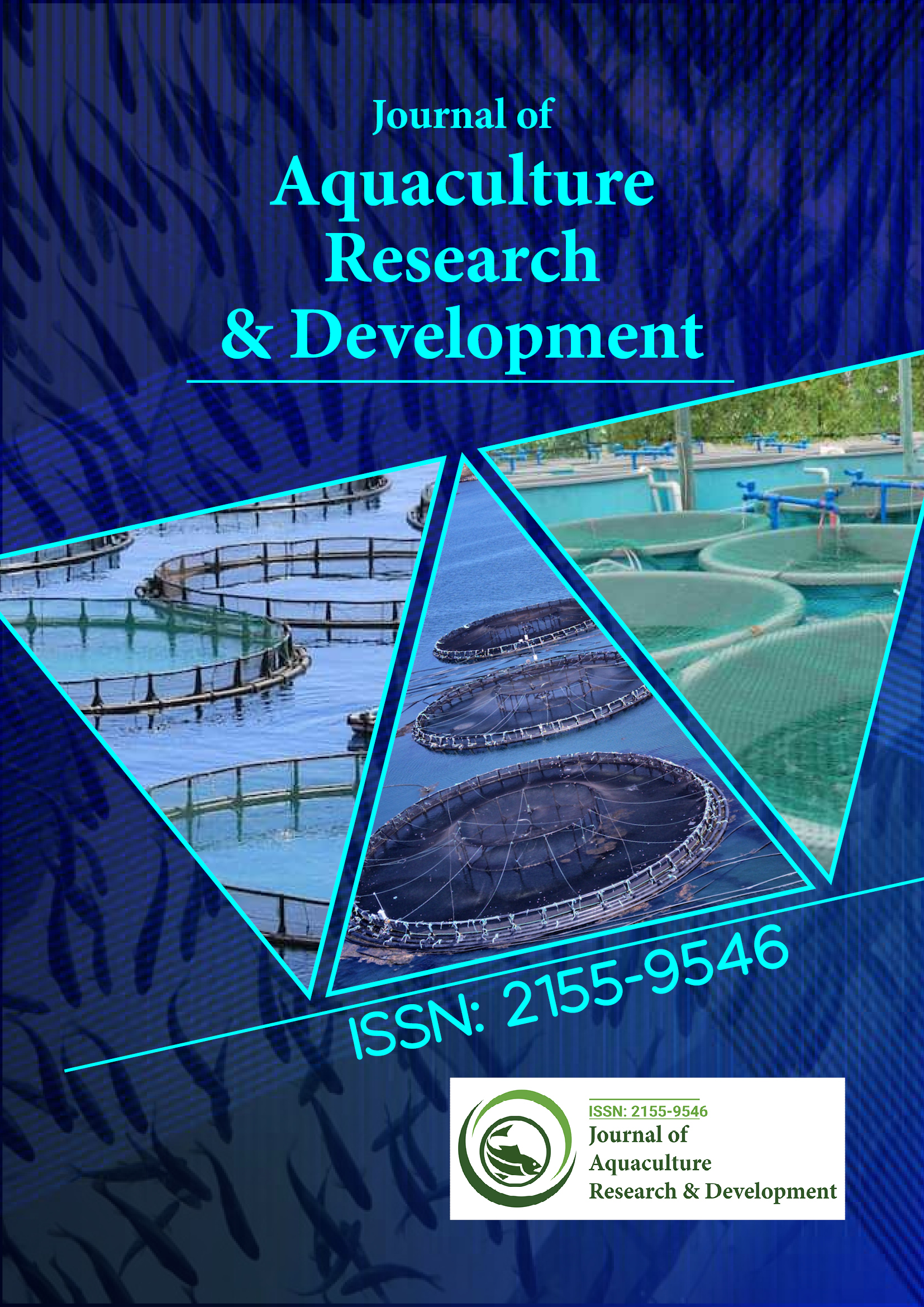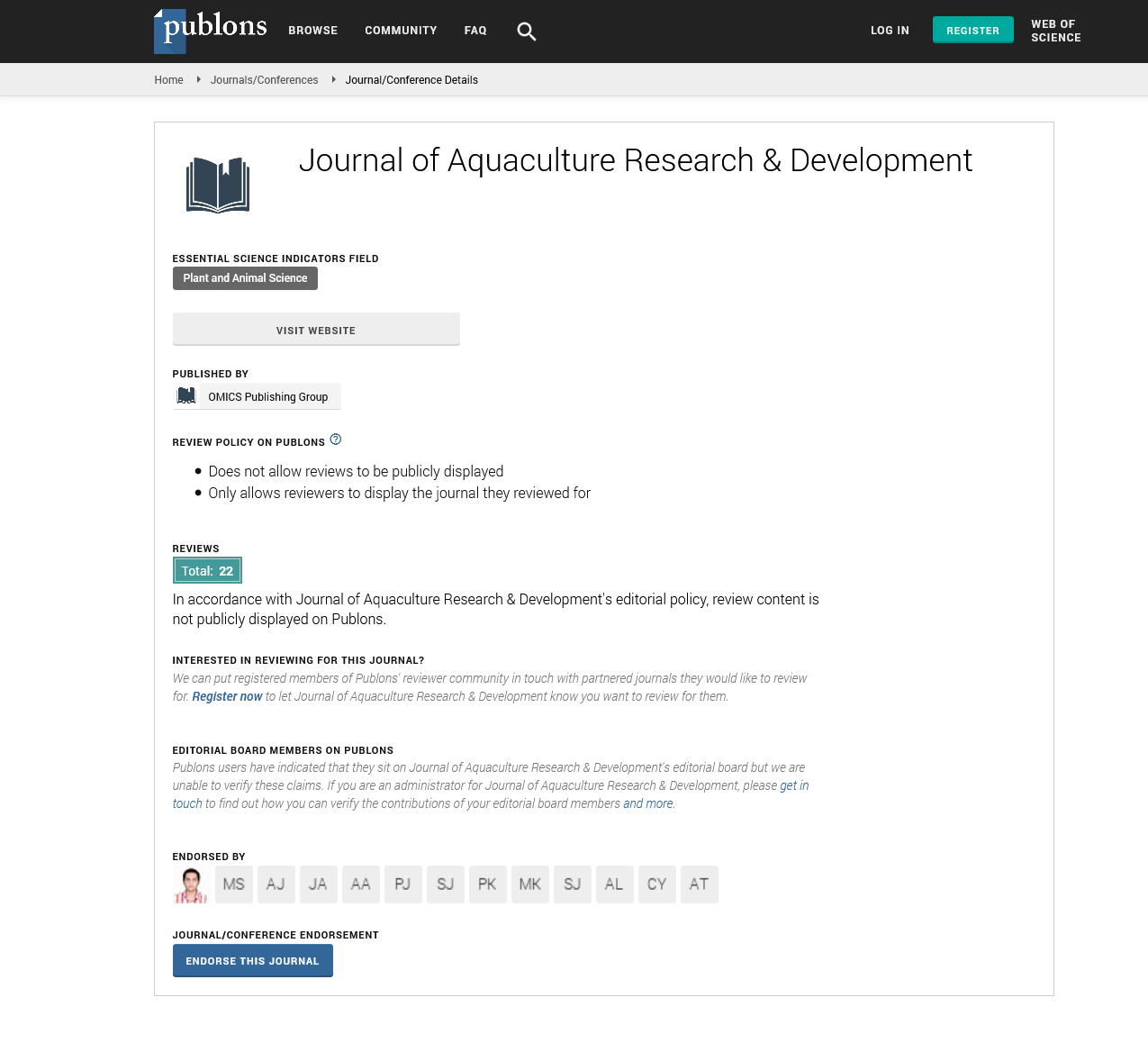Indexed In
- Online Access to Research in the Environment (OARE)
- Open J Gate
- Genamics JournalSeek
- JournalTOCs
- Scimago
- Ulrich's Periodicals Directory
- Access to Global Online Research in Agriculture (AGORA)
- Electronic Journals Library
- Centre for Agriculture and Biosciences International (CABI)
- RefSeek
- Directory of Research Journal Indexing (DRJI)
- Hamdard University
- EBSCO A-Z
- OCLC- WorldCat
- Scholarsteer
- SWB online catalog
- Virtual Library of Biology (vifabio)
- Publons
- MIAR
- University Grants Commission
- Euro Pub
- Google Scholar
Useful Links
Share This Page
Journal Flyer

Open Access Journals
- Agri and Aquaculture
- Biochemistry
- Bioinformatics & Systems Biology
- Business & Management
- Chemistry
- Clinical Sciences
- Engineering
- Food & Nutrition
- General Science
- Genetics & Molecular Biology
- Immunology & Microbiology
- Medical Sciences
- Neuroscience & Psychology
- Nursing & Health Care
- Pharmaceutical Sciences
Opinion - (2025) Volume 16, Issue 6
Climate Change and Behavioural Strategies of Aquatic Animals
Tiziana Abelli*Received: 26-May-2025, Manuscript No. JARD-25-29779 ; Editor assigned: 28-May-2025, Pre QC No. JARD-25-29779 (PQ); Reviewed: 11-Jun-2025, QC No. JARD-25-29779 ; Revised: 18-Jun-2025, Manuscript No. JARD-25-29779 (R); Published: 25-Jun-2025, DOI: 10.35248/2155-9546.25.16.1006
Description
The global rise in temperature, increasing frequency of hypoxic events, ocean acidification and salinity shifts have altered aquatic environments. Fishes represent an exceptionally diverse group, but their physiology is tightly bound to external conditions. Environmental challenges directly influence metabolic function, growth, reproduction and survival. Alongside physiological changes, behavioural strategies emerge as equally important in coping with stressors. For example, a fish under thermal stress may modify swimming activity or shift habitats to reduce metabolic demand. This interaction between internal physiology and external behaviour forms a continuous feedback loop that ultimately dictates resilience. Understanding this relationship is vital for predicting the future of fish populations in the context of rapid climate change.
Climate-driven stressors affecting fish
Aquatic systems are being reshaped by climate-driven factors. Rising temperatures increase metabolic demand while reducing oxygen availability. Simultaneously, ocean acidification disrupts acid–base balance and sensory functions. Changes in precipitation and melting ice sheets alter salinity gradients in freshwater and coastal systems, forcing fish to adjust osmoregulatory processes. Habitat loss, coral bleaching and shifts in prey distribution further add to ecological stress. These combined pressures challenge both individual survival and ecosystem stability.
Physiological responses to climate stressors
Physiological mechanisms act as the first line of adaptation. Warmer waters raise metabolic rates, which demand more oxygen supply and energy allocation. To cope, fish adjust mitochondrial activity, enzyme function and cardiovascular performance. Under oxygen scarcity, gill surface area may increase and hemoglobin affinity may shift to improve gas exchange. Acid-base balance is regulated through bicarbonate buffering and active ion transport, countering the challenges of ocean acidification. Osmoregulatory processes are restructured when salinity fluctuates, requiring modifications in gill ion pumps and renal function. Endocrine regulation also plays an important role, with hormones like cortisol modulating stress responses, feeding and reproduction. Together, these mechanisms allow fish to maintain internal stability in changing environments, although often at an energetic cost.
Feedback between physiology and behaviour
Physiology and behaviour are interconnected through feedback loops. For example, increased metabolic demand due to warming may reduce the energy available for reproduction, migration, or parental care. Conversely, behavioural adjustments such as moving to cooler or oxygen-rich areas can reduce physiological stress and prolong survival. Internal states such as energy reserves or hormone levels influence decision-making, determining whether a fish takes risks while foraging or conserves energy by reducing activity. This feedback demonstrates that physiology shapes behaviour and behaviour in turn modifies physiological load. Together, they form an integrated strategy of adaptation under climate stress.
Rapid acclimation and long-term adaptation
Fish exhibit both immediate acclimation and long-term adaptive strategies. Rapid acclimation occurs within hours or days, through mechanisms such as changes in ventilation rate, increased swimming efficiency, or temporary reliance on anaerobic metabolism. Over longer periods, developmental plasticity allows environmental exposure during early life stages to shape physiological thresholds in adulthood. Transgenerational plasticity also contributes, as parental exposure to stressors can modify the physiology of offspring through epigenetic mechanisms. At the evolutionary scale, natural selection favours traits that enhance tolerance to stressors, such as improved oxygen efficiency or greater salinity tolerance. These levels of response demonstrate the dynamic capacity of fish to persist under climate variability.
Implications for population dynamics
Climate-induced changes in physiology and behaviour directly affect population stability. Altered growth rates, delayed or advanced reproduction and reduced recruitment weaken stock replenishment. Habitat shifts and changes in species interactions reshape community structure, influencing biodiversity. Predator–prey relationships are modified as prey vulnerability and predator efficiency change under stress. The cumulative outcome is an ecosystem where traditional balances are disrupted, with some species thriving and others declining. These population-level consequences carry long-term ecological implications.
Fish responses to climate change are shaped by the dynamic interaction between physiology and behaviour. These adaptations occur across short and long-term scales, from immediate adjustments to evolutionary changes. The feedback between internal regulation and external action allows species to cope with environmental pressures, but limits exist when stressors exceed biological thresholds. The resilience of fish populations and ecosystems therefore depends on both biological capacity and human intervention through conservation and management. Understanding these adaptive responses is fundamental for predicting future ecosystem stability and ensuring the sustainability of fisheries in a changing climate.
Citation: Abelli T (2025). Climate Change and Behavioural Strategies of Aquatic Animals. J Aquac Res Dev. 16:1006.
Copyright: © 2025 Abelli T. This is an open-access article distributed under the terms of the Creative Commons Attribution License, which permits unrestricted use, distribution, and reproduction in any medium, provided the original author and source are credited.

